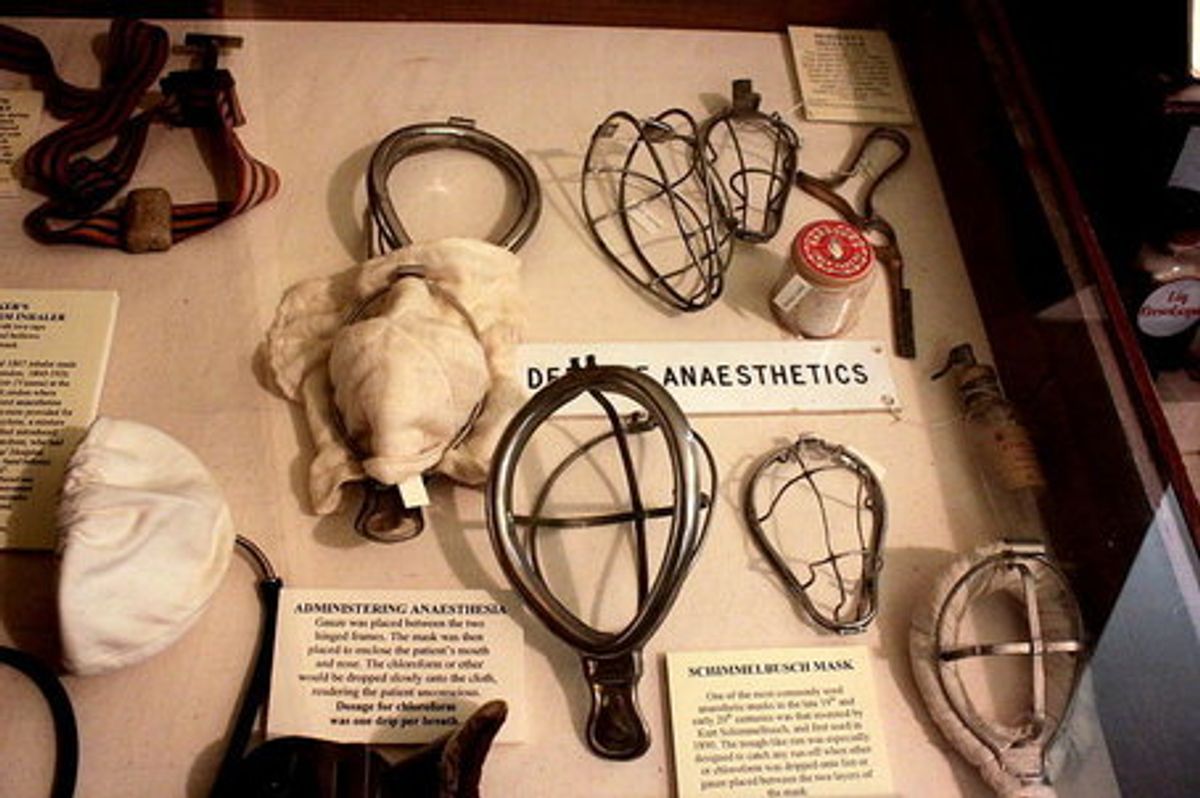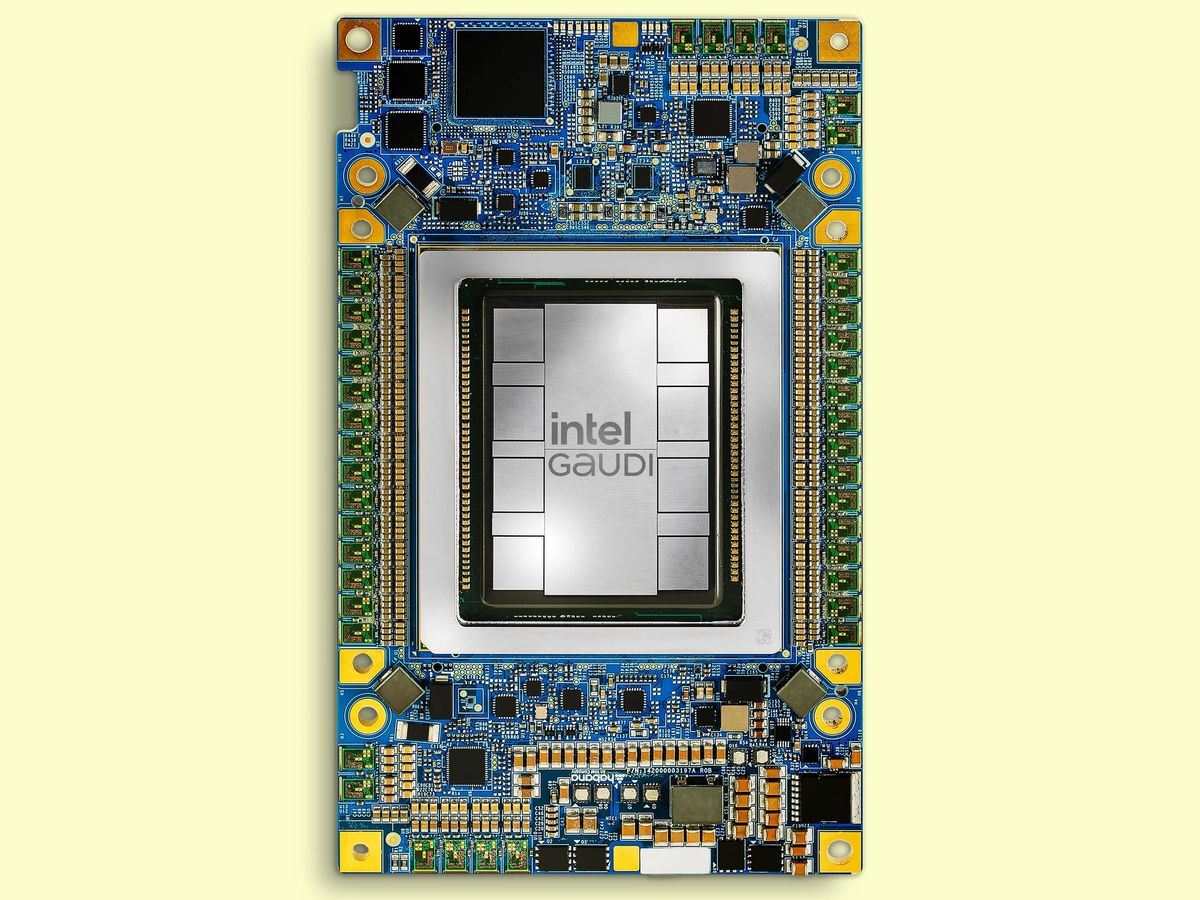There's a fascinating and disturbing study (sub. req.) in the current issue of the New England Journal of Medicine regarding intraoperative awareness. That's the medical term for waking up during surgery while your body, including the muscles needed to speak, remains under anesthesia. This event is fortunately quite rare, but, needless to say, it can be very traumatic for the unlucky few who experience it.
In the study, researchers compared two methods aimed at averting this medical nightmare. The first method, called end-tidal anesthetic-agent concentration (ETAC), tries to determine patients' consciousness based on the amount of anesthetic in their breath. It's the older and more accepted method, but it works only for inhaled anesthesia (as opposed to infused or injected). The second, newer method, called bispectral analysis, tries to assess patients' consciousness more directly using electroencephalogram (EEG).
Both methods use a numeric range that is supposed to signify when a patient might not be fully under anesthesia. The NEJM study represents the first time the two approaches have been compared on a large scale at multiple clinical centers. The results were unsettling: the ETAC seemed to work slightly better than the EEG-based method, but neither was particularly successful. Out of about 3,000 patients in each group, there were 19 cases of "definite or possible" awareness associated with the EEG method, compared with eight in the groups being monitored with the ETAC method. And, as an accompanying editorial points out, 41 percent of the awareness incidents occurred when the numeric readings were in the devices' target ranges.
Clearly there's room for improvement, but that doesn't mean that trying to develop a device to monitor anesthetized patients is a bad idea. A growing number of neuroscientists are working to quantify consciousness with various types of technologies, including MRI and other neuroimaging systems. Perhaps one or more of these approaches will soon be used to enhance or possibly replace the ETAC and EEG-based methods.



